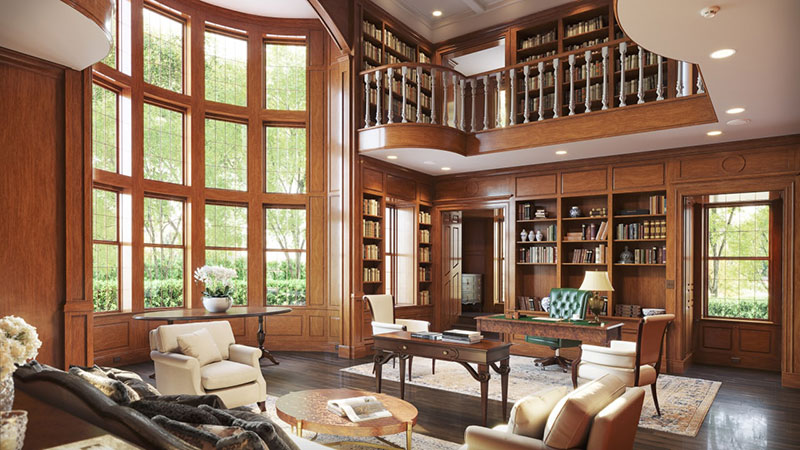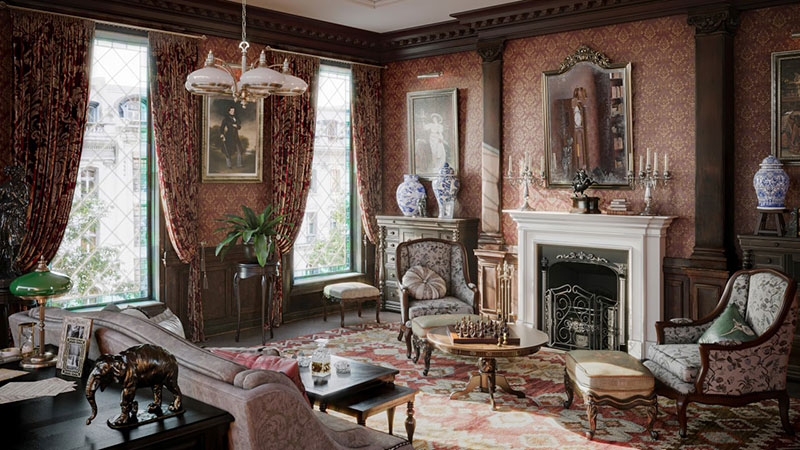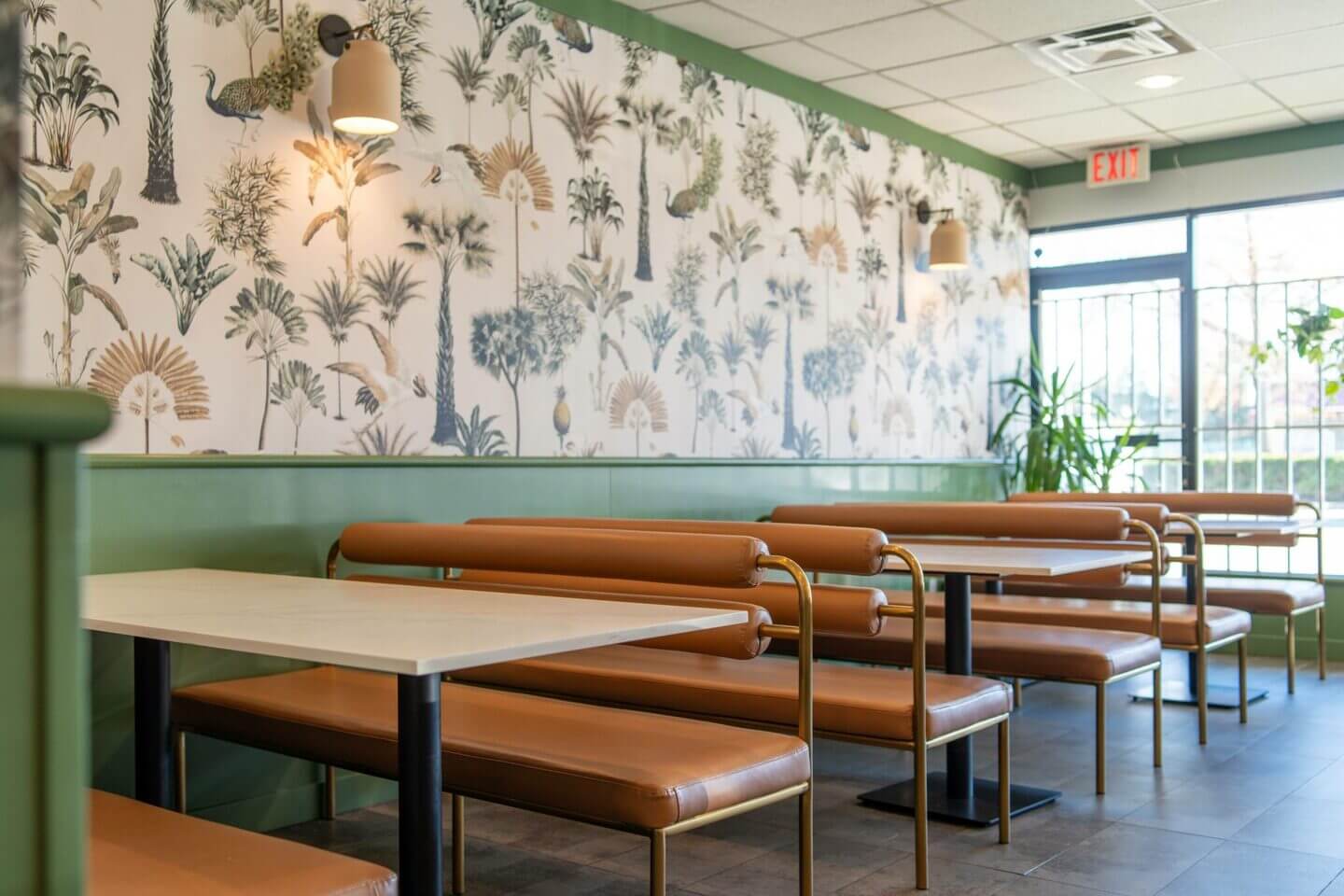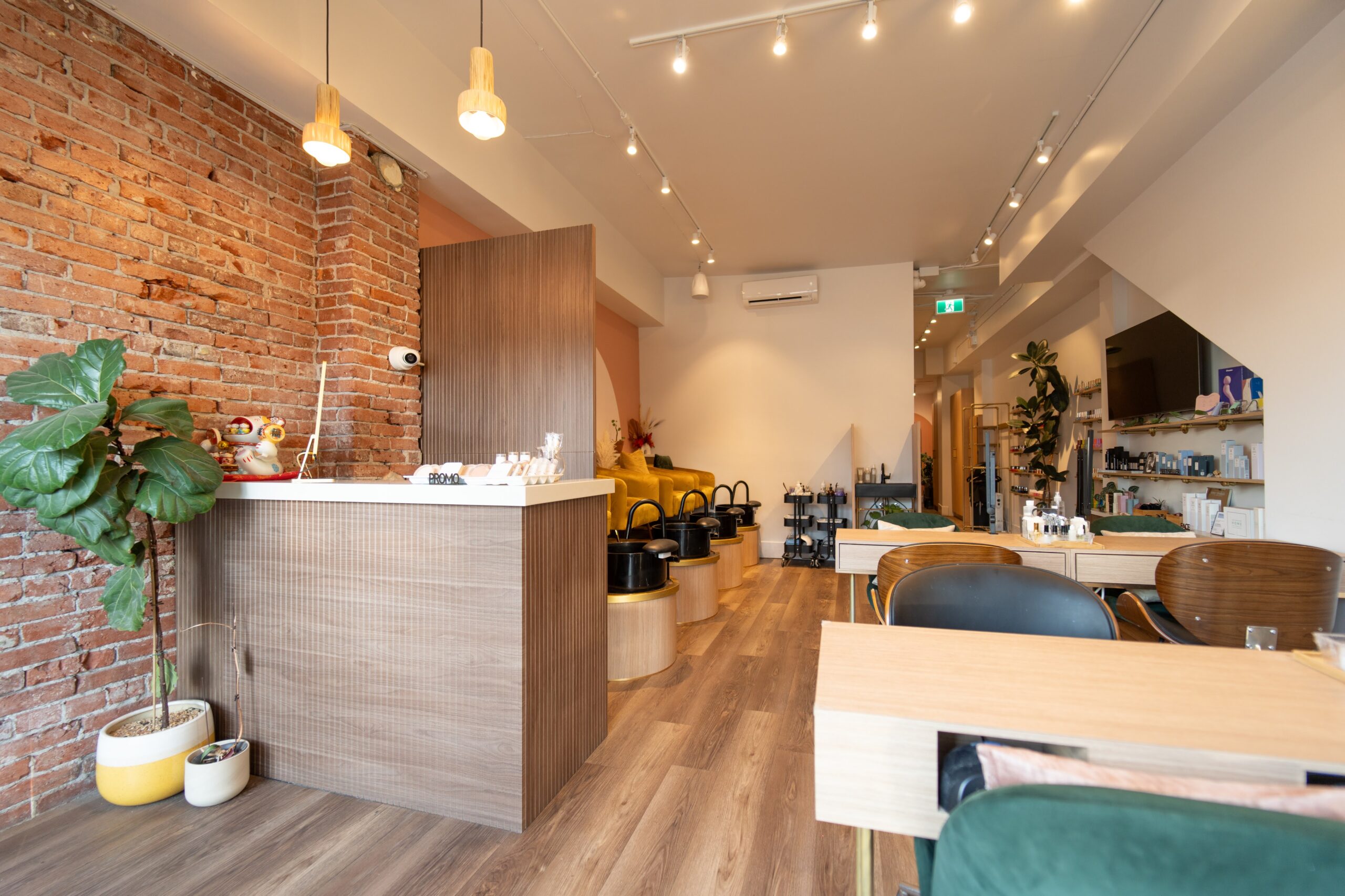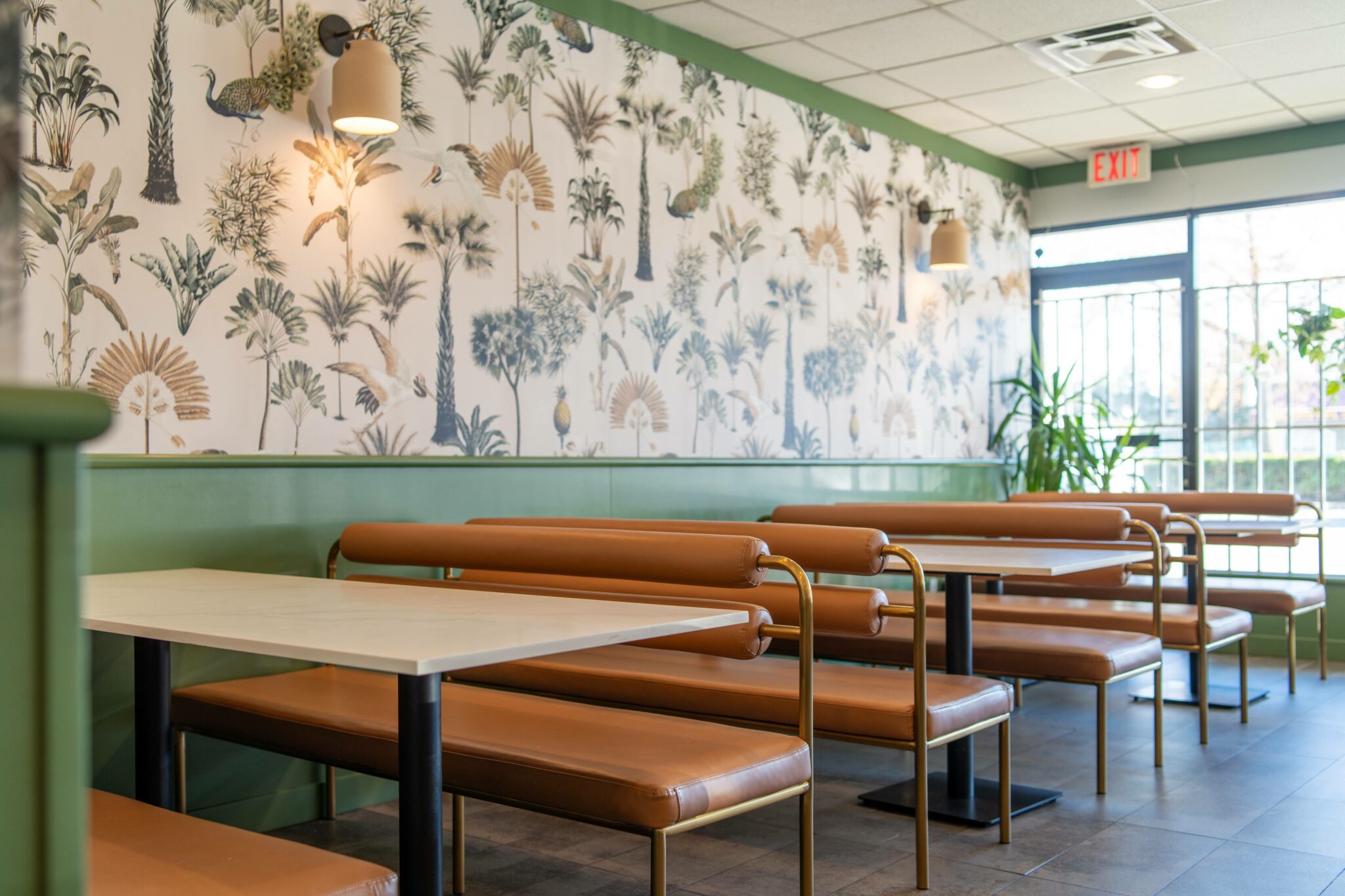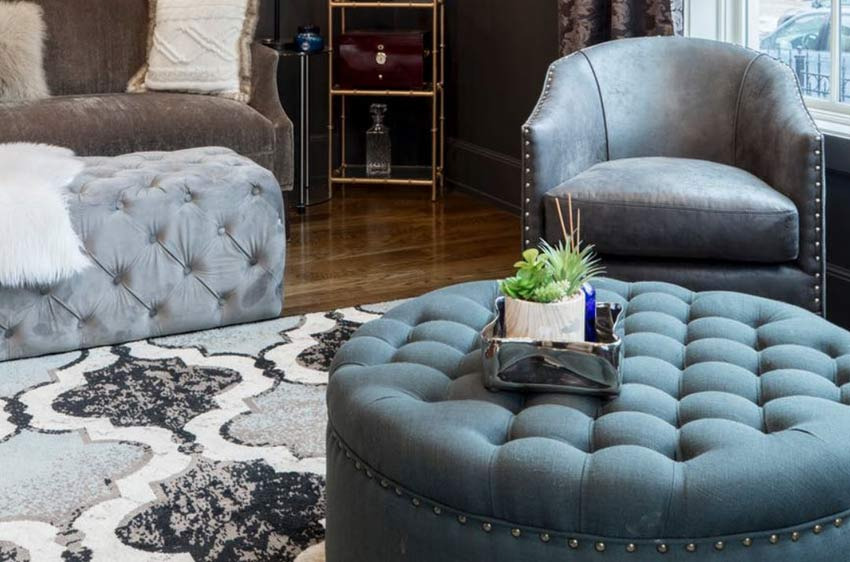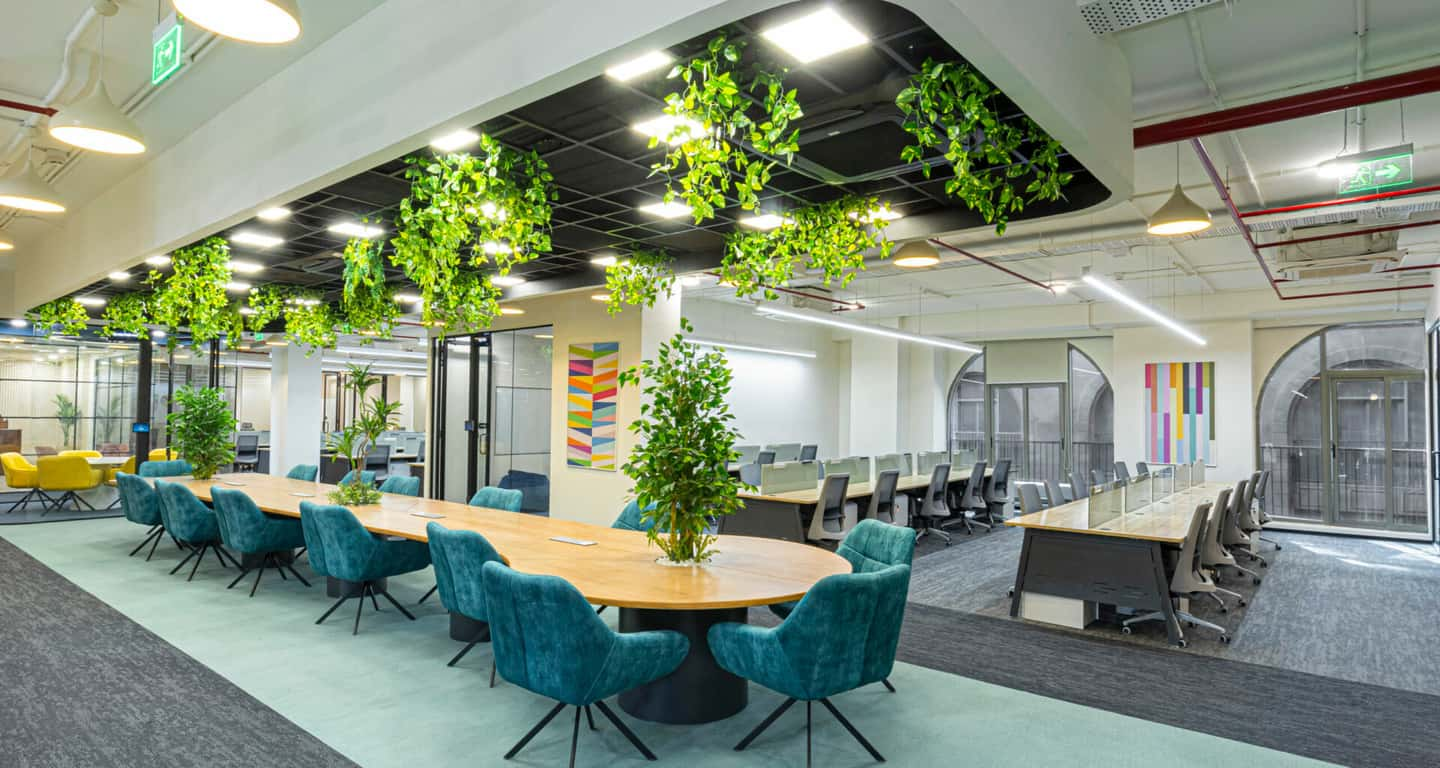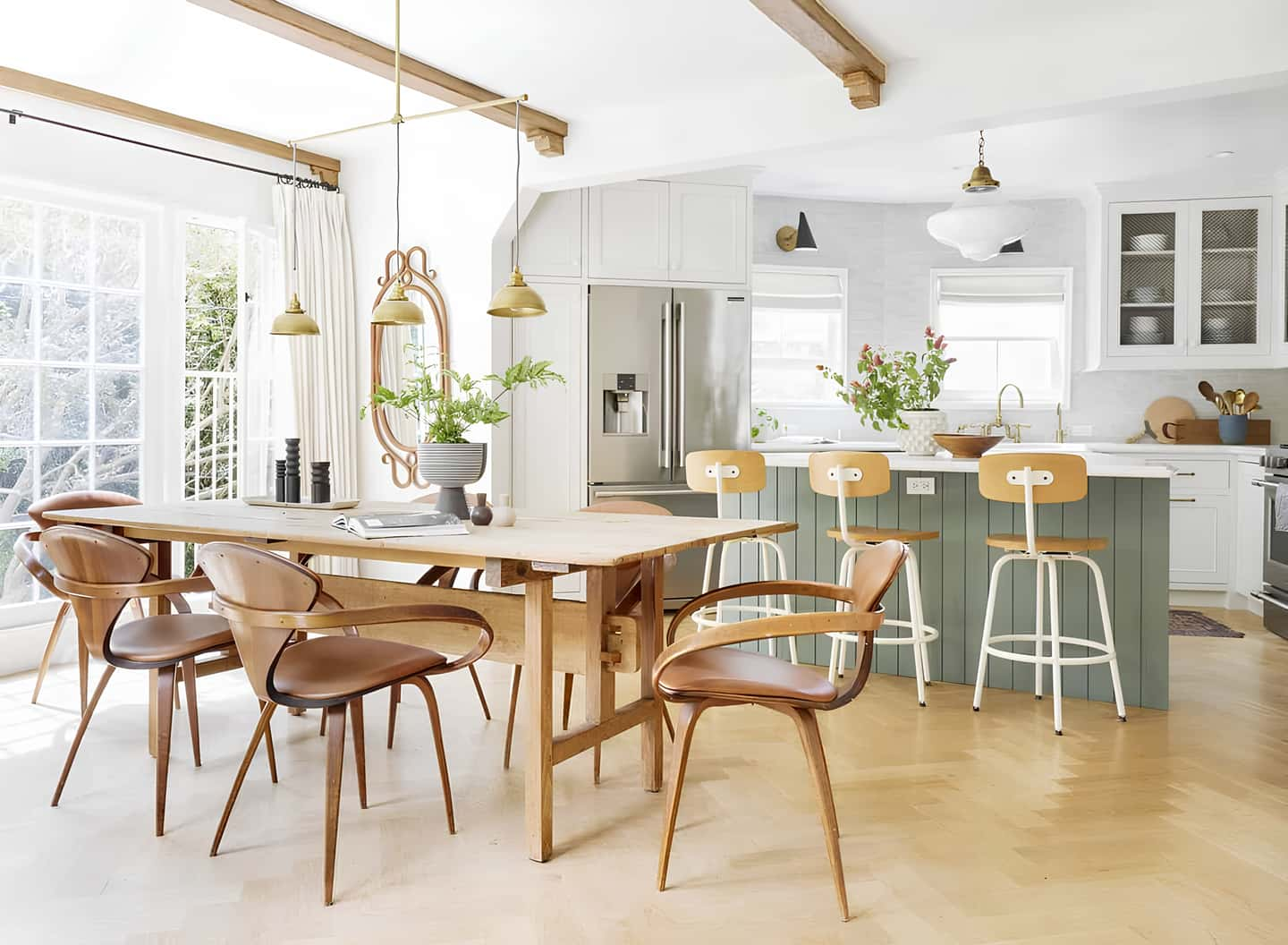In the pursuit of furnishing a residence that is both refined and immutable, the enduring allure of traditional and classic interior design is unparalleled. In my more than two decades as a professional interior designer, I have witnessed the ebb and flow of design trends. However, the enduring relevance and admiration of traditional style principles remain constant. In this guide, I will impart my knowledge regarding the process of attaining an enduringly gorgeous traditional aesthetic for one’s personal residence.
What does classic and traditional interior design entail?
Traditional design of interior is fundamentally concerned with evoking feelings of familiarity, elegance, and comfort. It is influenced by the aesthetic preferences of Europe during the 18th and 19th centuries, integrating opulent fabrics, wood accents, elaborate finishing touches, and a welcoming colour scheme. The overall effect evokes a sense of sophistication and history through its agelessness and refinement.
- Key components of traditional style consist of:
- Symmetrical configurations of furnishings,
- Exquisite woodworking and mouldings,
- Damask, silk, and velvet are examples of refined fabrics,
- Traditional designs including florals, stripes, and plaids,
- Antiques and items with a vintage aesthetic,
- Ambient illumination comprised of tiers of chandeliers, sconces, and lanterns
A well-executed traditional room has the appearance of having been curated and collected over time, as each element contributes to a unified, harmonious whole. This design approach places an emphasis on functionality and comfort, resulting in rooms that are not only aesthetically pleasing but also pleasant to be in.
Beginning Your Experience with Traditional Design
If the concept of a traditional home intrigues you but you have no idea where to begin, begin by collecting ideas. Consult online resources, design periodicals, and books to determine which traditional elements and rooms appeal to you. Establish a folder or mood board in which to store your preferred images.
As you gather inspiration, keep your home’s architecture in mind. Traditional design is most effective in areas that possess timeless foundations, such as older residences featuring original mouldings, hardwood floors, and fireplaces. Consider incorporating traditional elements such as millwork, antique doors, ceiling beams, and other architectural details into a more recent construction.
Selection of a Colour Palette
In order to establish a traditional ambiance, one must initially decide on a colour scheme. Conventional colour schemes typically incorporate subdued, inviting hues that draw inspiration from the natural world. Consider faded blues, gentle pastels, taupes, and sage greens when decorating walls and large furnishings. Then, fabrics and accessories can be adorned with more opulent accent hues, such as burgundy, navy, forest green, and gold, overtop of these neutral backdrops.
When in doubt, a timeless combination of ivory and beige tones with dark wood accents is the safest option. This results in a welcoming and tranquil environment that is ideal for applying additional layers of colour and pattern.
Investing in Quality Pieces for Your Enduring Interior
When examining a conventional room, the furniture takes centre stage. Consider purchasing items that feature timeless silhouettes, opulent wood finishes, and lavish upholstery. Anxiously anchored spaces feature tufted Chesterfield sofas, wingback chairs, claw-foot tables, and carved armoires, all of which are classic designs.
When it comes to craftsmanship, quality is everything; therefore, invest in the finest items that you can afford. Furniture of superior quality will endure for generations, acquiring an exquisite patina as it ages. Additionally, feel free to incorporate antiques! Antique and vintage furnishings instantly impart character and history to a conventional space. Peruse online marketplaces, estate sales, and antique stores in search of valuables.
When organising furniture, symmetry can be a beneficial asset. Align a coffee table in front of the fireplace, arrange end tables on both sides of a bed, and pair chairs on either side of a settee. This well-balanced approach generates an aesthetically appealing sense of order and harmony.
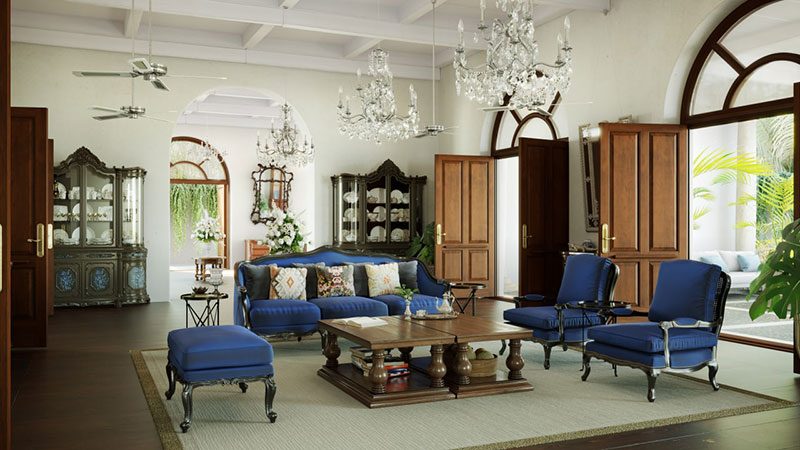
Adding Touch of luxury
After placing the larger pieces in place, proceed to incorporate the finishing touches that will impart an air of sophistication and fulfilment to your traditional room. Here, one may experiment with texture, pattern, and sheen.
Opt for traditional textile designs such as damask, toile, stripes, and florals. For an elegant appearance, combine a few complementary patterns, but maintain a consistent colour scheme to achieve a designer-like look. Add a sensual experience by integrating tactile materials such as velvet, silk, and chenille.
Window treatments are an essential element of conventional design. By draping draperies wide and high, you can accentuate your windows and create the illusion of more space. Select sophisticated textiles adorned with ornamental fringes or tassels to complete the ensemble. Wood blinds and Roman shades are also effective.
Utilise historical-inspired accessories, such as framed oil paintings, brass candelabra, porcelain vases, leather-bound books, and framed candlesticks. A mantel or console adorned with a large, ornate mirror exudes a hint of tradition. Antique and flea markets are excellent places to find one-of-a-kind accessories that will gradually lend an air of sophistication to a space.
The Art of Lighting in Traditional and Classic Interiors
In traditional spaces, lighting is an often-overlooked element of interior design that is crucial for establishing a welcoming, inviting ambiance. Aim to create light strata originating from diverse sources.
Elegant chandeliers can adorn a bedroom or dining room by serving as a stunning focal point. When coupled opposite a mirror or work of art, wall sconces emit gentle, flattering light and impart a sense of symmetry. While providing a warm light, table lamps also permit the use of attractive bases and coverings.
Dimmers, which enable you to adjust the light levels to suit the occasion and time of day, are an absolute necessity in a traditional room. Additionally, fireplaces and soft, pleasant light from candles and candles contribute to the space’s inviting atmosphere.
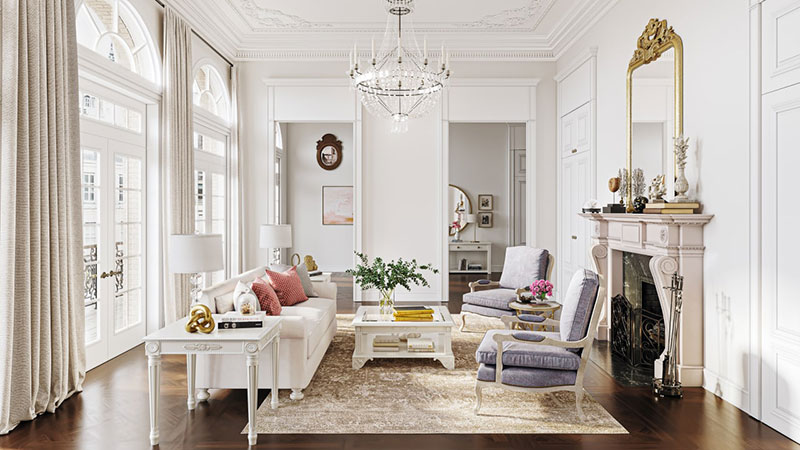
Consolidating Everything
Evidently, numerous components contribute to the creation of a stunning Traditional and classic interior design room. However, it is crucial to enjoy the process and rely on your intuition. Do not be afraid to experiment until you find an arrangement that feels correct; gather pieces that you adore.
With any luck, this guide has motivated you to incorporate the enduring elegance of traditional and classic design into your personal space. Whether you are renovating an existing space or commencing from the ground up, the following advice will assist you in designing a residence that exudes sophistication, warmth, and individuality. Best wishes with your decorating!

I am a design enthusiast that loves writing about the latest trends and style when it comes to commercial and residential interior design. I also love architecture and buildings.

